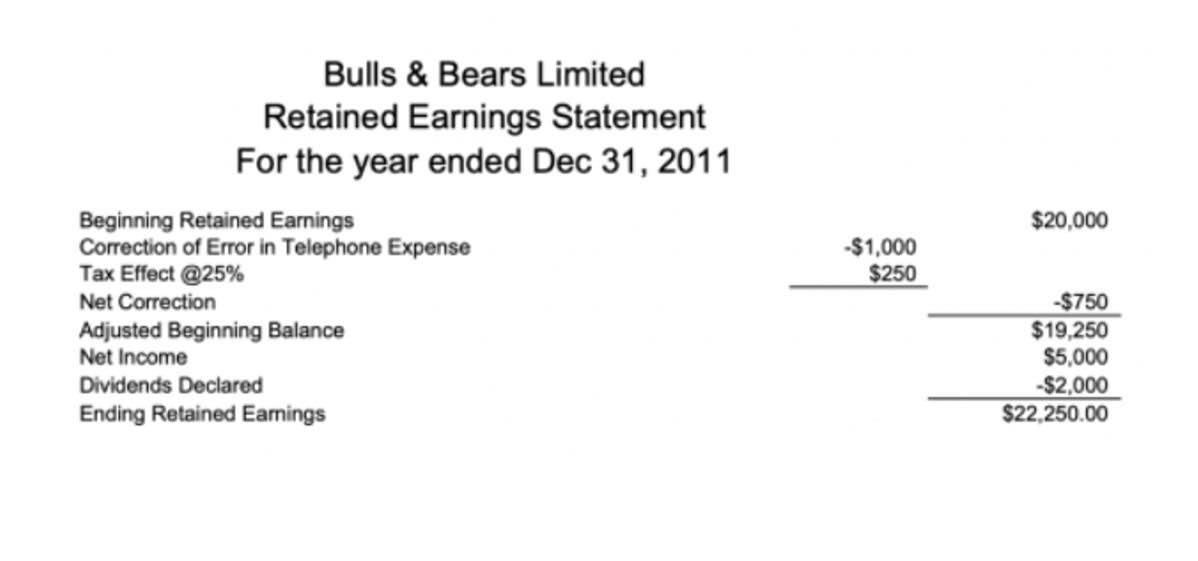
It is crucial to understand the implications of having unpaid bills, delayed vendor payments or employee salaries. The most common risk is being charged penalties due to outstanding amounts past their due date. For additional resources, timeline of requirements, and reporting requirements and information, visit the Minnesota Department of Commerce website. For any questions about managing vendor checks or invoices, feel free to explore automation solutions tailored to your business needs. The accounts payable team verifies the invoice details, ensuring the amounts and quantities match the company’s purchase order. Someone else could be able to change the payee name or the amount if a check is misplaced or stolen before it is taken to the bank.
- Managing outstanding checks is a critical aspect of financial auditing, as it directly impacts a company’s cash flow and financial integrity.
- Outstanding checks are a critical aspect of financial health for both individuals and businesses.
- Managing outstanding checks is a multifaceted process that requires cooperation and diligence from various departments within a company.
- It is a secure, reliable and cost-effective way to transfer funds between institutions.
- Our Escheatment Hub automates key aspects of managing outstanding checks, ensuring effortless and reliable compliance.
Risks of Outstanding Checks
Navigating through an audit trail net sales can often feel like a journey through a dense forest, where each step must be taken with precision and awareness. The audit trail is the chronological record of financial transactions, providing a comprehensive path from the original source to the final figures in the financial statements. It’s a crucial component for accountants, auditors, and company management to trace the financial data back to its source, ensuring accuracy and integrity in the reporting process. This meticulous journey is especially pertinent when dealing with outstanding checks, which are checks recorded by the issuing entity but not yet cleared by the bank. To address the issue of outstanding checks, companies must first establish a protocol for follow-up.

Update Accounting Records
It is crucial to have robust systems in place to monitor these checks to prevent cash flow problems and to maintain trust with vendors and partners. Implementing best practices for managing outstanding checks is, therefore, beneficial for all stakeholders involved. From the perspective of an auditor, an audit trail is invaluable as it allows for a Cash Flow Management for Small Businesses detailed and methodical examination of the company’s financial transactions. It helps in identifying any discrepancies or anomalies that could indicate errors or fraudulent activities.

When Are Outstanding Checks Deposited Into a Bank Account?

Outstanding checks are more than just uncashed pieces of paper; they are a window into the operational and financial practices of a business. Auditors must approach them with a keen eye, understanding that each check holds a story that could impact the overall audit findings. Outstanding checks are deposited into a bank account once they are deposited by the recipient and processed by the receiving bank. Unfortunately, the issuing individual or business does not have any way to force a check outstanding checks issued to vendors to be deposited. After a check is issued, the recipient does not have to deposit or cash the check immediately. In fact, in most jurisdictions, an issued check will still be deposited by banks up to six months after the issue date.
- As businesses have to abide by the unclaimed property laws, any checks that have been outstanding for a long time must be remitted to the state as unclaimed property.
- Outstanding checks, those issued by a company but not yet cleared by the bank, represent a peculiar challenge in financial reporting.
- These checks can pose risks such as overdrawing the account, potential fraud, accounting discrepancies, and delayed financial reporting.
- By adhering to proper compliance protocols and using invoice automation software, companies can manage vendor payments more efficiently and reduce risks.
- As mentioned above, you may need to return the original check or sign documents confirming the check is lost or destroyed.
Ease the Burden of Escheatment with Automation
While nearly all organizations need to be thinking about unclaimed property, it is often the accounts payable (AP) team that sees the issues first. For instance, if a business writes a check to a supplier but the supplier doesn’t deposit the check immediately, this check is considered outstanding. The issuer has accounted for the reduction in their bank account balance, but the actual decrease will not occur until the recipient cashes the check and the bank clears it. Vendor check compliance refers to adhering to financial regulations and internal policies governing vendor payments. It ensures that all vendor transactions are accurately recorded, and properly authorized and that payments are made according to the agreed-upon terms. Dormancy periods—the length of time a check remains uncashed before it’s considered abandoned—vary by state, typically from one to five years.

Comentários